Thirty years ago today, Square unleashed Final Fantasy 6 upon the world, revolutionizing both the franchise and the role-playing game genre. Not only would Final Fantasy 6 end up being the last game in the series to utilize 2D sprite-based graphics, but it would also be the first game in the series to feature direction from someone other than Final Fantasy creator Hironobu Sakaguchi. As a result, Final Fantasy 6 represents a monumental turning point for the franchise, signaling the passing of the torch from the first generation of creators to the new luminaries behind the Final Fantasy games. Essentially, Final Fantasy 6 is the end of an era.
But the title also represents the pinnacle of the series' first 7 years of existence, culminating ideas and innovations spread out across the first 5 Final Fantasy games to present what stands as Square's masterwork on the SNES and one of the greatest games ever made. The consensus among gamers who grew up during the 4th console generation is that the SNES features some of Square's greatest output ever, and Final Fantasy 6 is a revolutionary game that pulls out all the stops to represent the series' pinnacle in storytelling, visuals, audio, and gameplay ahead of the massive paradigm shift that Final Fantasy 7 represented.
The Final Fantasy 6 Team is a 'Who's Who' of Legendary Creators
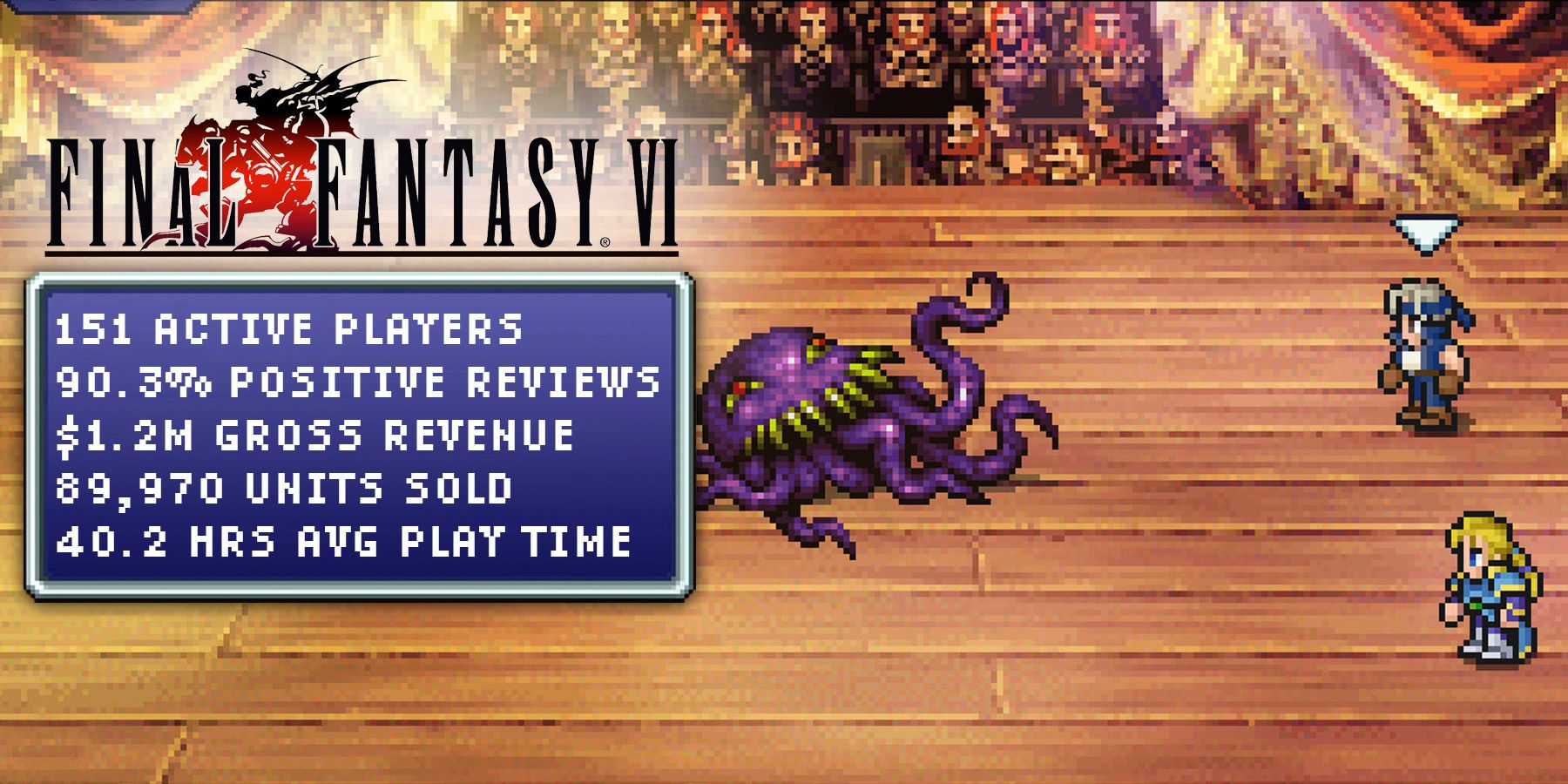
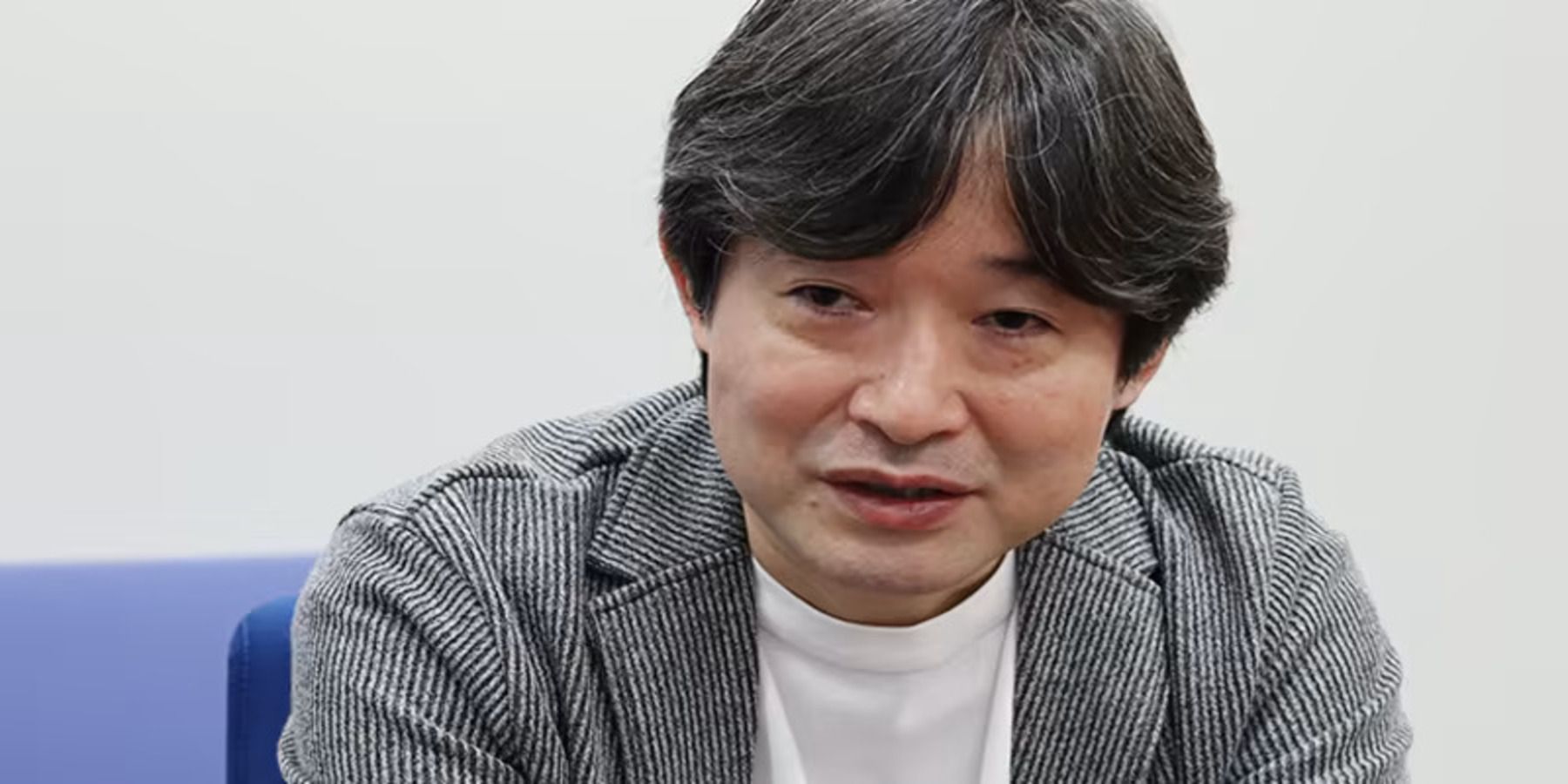
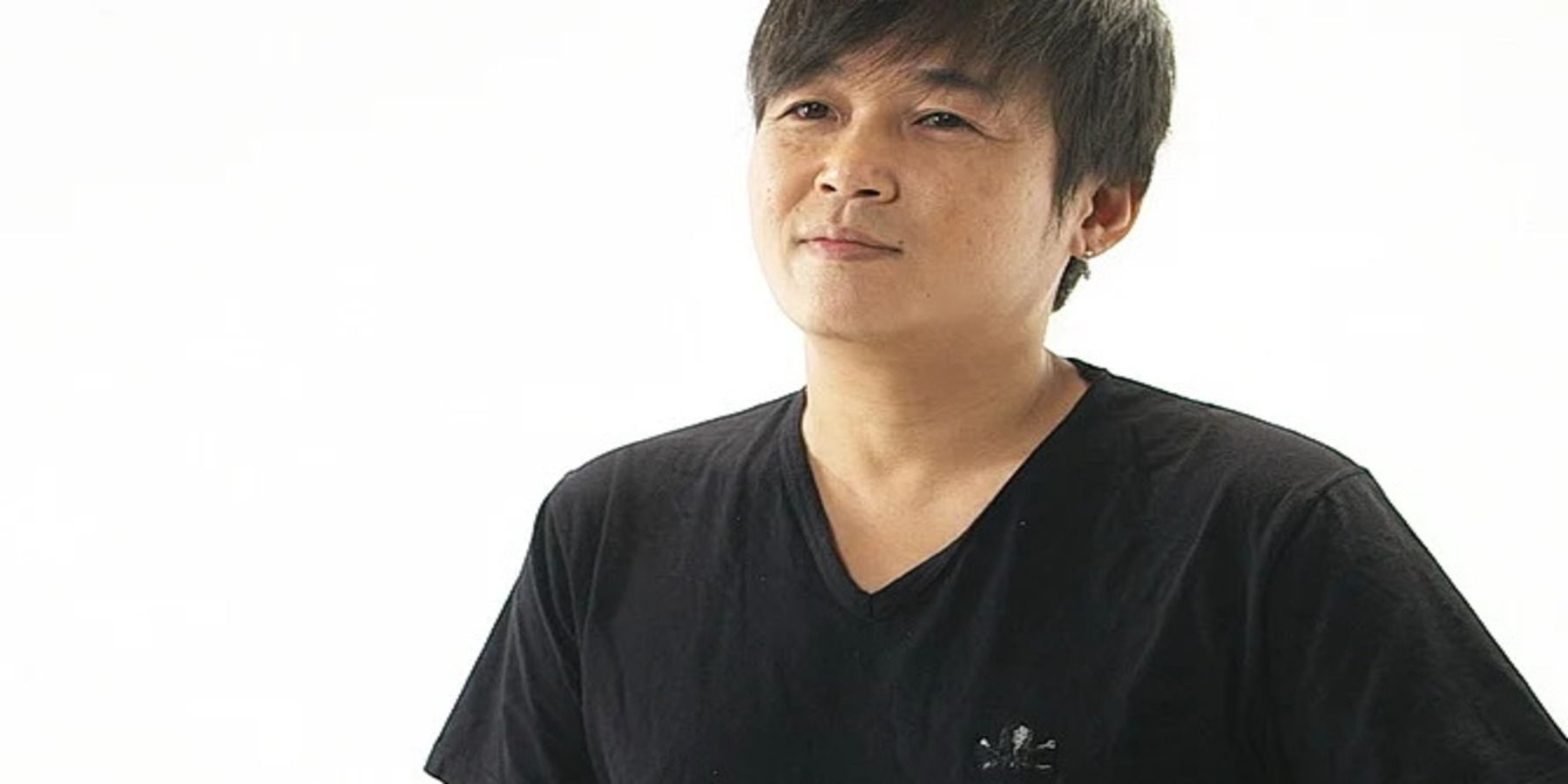
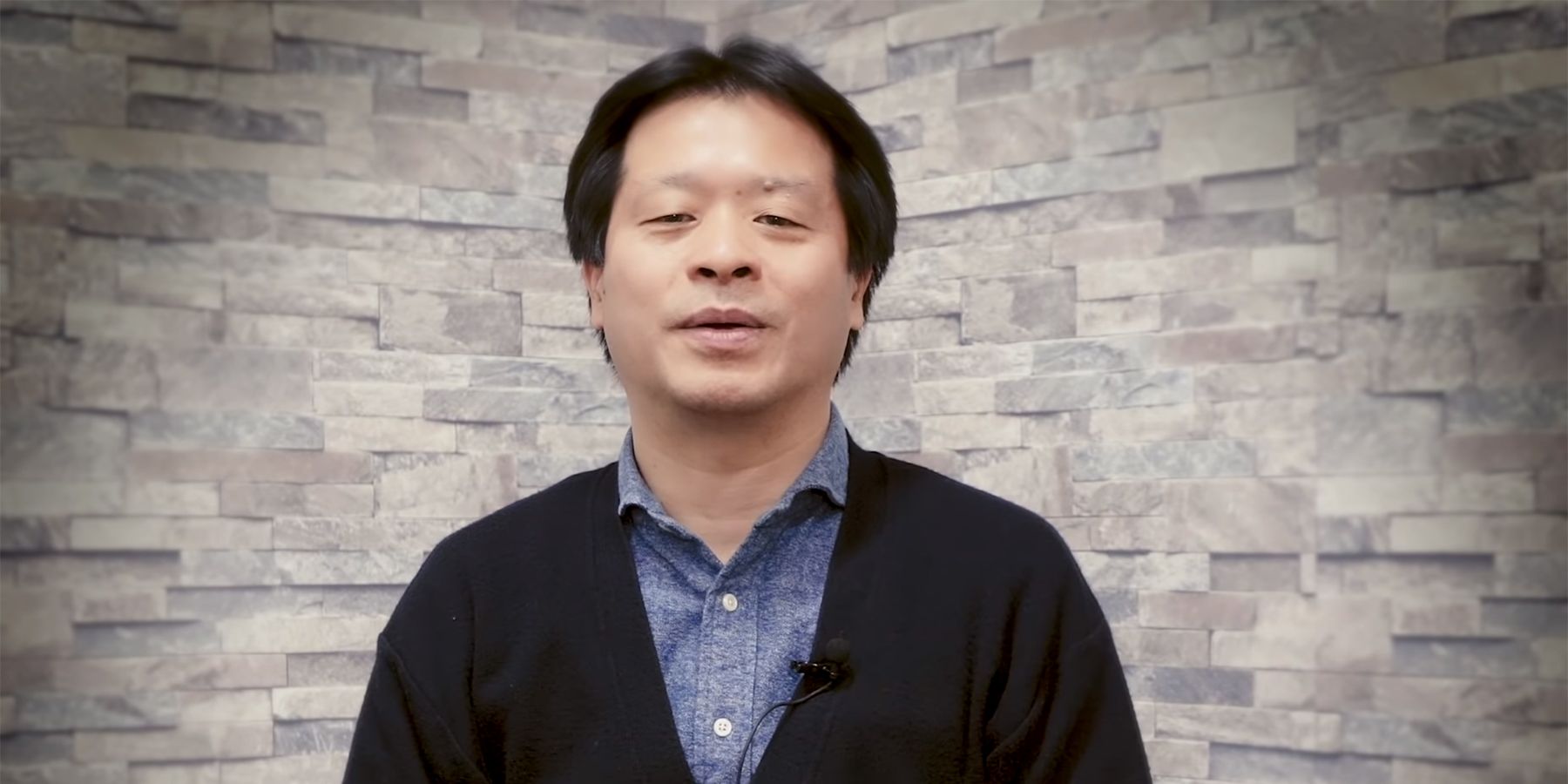
One of the most impressive legacies that Final Fantasy 6 leaves behind is the pedigree of its core development team. In addition to featuring direction from Yoshinori Kitase, the first person other than series creator Hironobu Sakaguchi to direct a mainline Final Fantasy title, the game features a Square Enix "Hall of Fame" in terms of its designers. And, along with Kitase (who would go on to direct Final Fantasy 7 and Final Fantasy 8 and now serves as a VP of Square Enix and the Final Fantasy brand manager), Final Fantasy 6's direction features the talents of Hiroyuki Ito, creator of the Active Time Battle (ATB) system that practically revolutionized the franchise's turn-based combat.
One of the most impressive legacies that Final Fantasy 6 leaves behind is the pedigree of its core development team!
Two of Final Fantasy 6's designers would also go on to helm their own groundbreaking games. Tetsuya Takahashi, who had started at Square as a creature designer and eventually became one of the principal designers on Final Fantasy 6, would begin development on the now-legendary Xenogears as soon as production on Final Fantasy 6 wrapped. Joining him is Tstsuya Nomura, who would become the main character designer for Final Fantasy 7 and then go on to spearhead the creation of the Kingdom Hearts franchise. Before this team would splinter off to create other amazing titles, they pooled their talents together to make one of the most important entries in Square's flagship franchise.
Final Fantasy 6's Story and Gameplay Are Still Series Exemplars
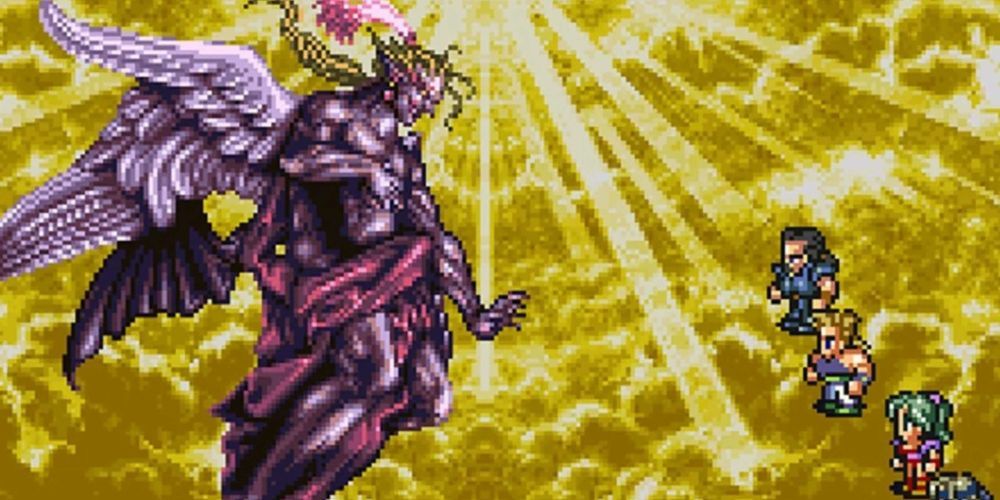
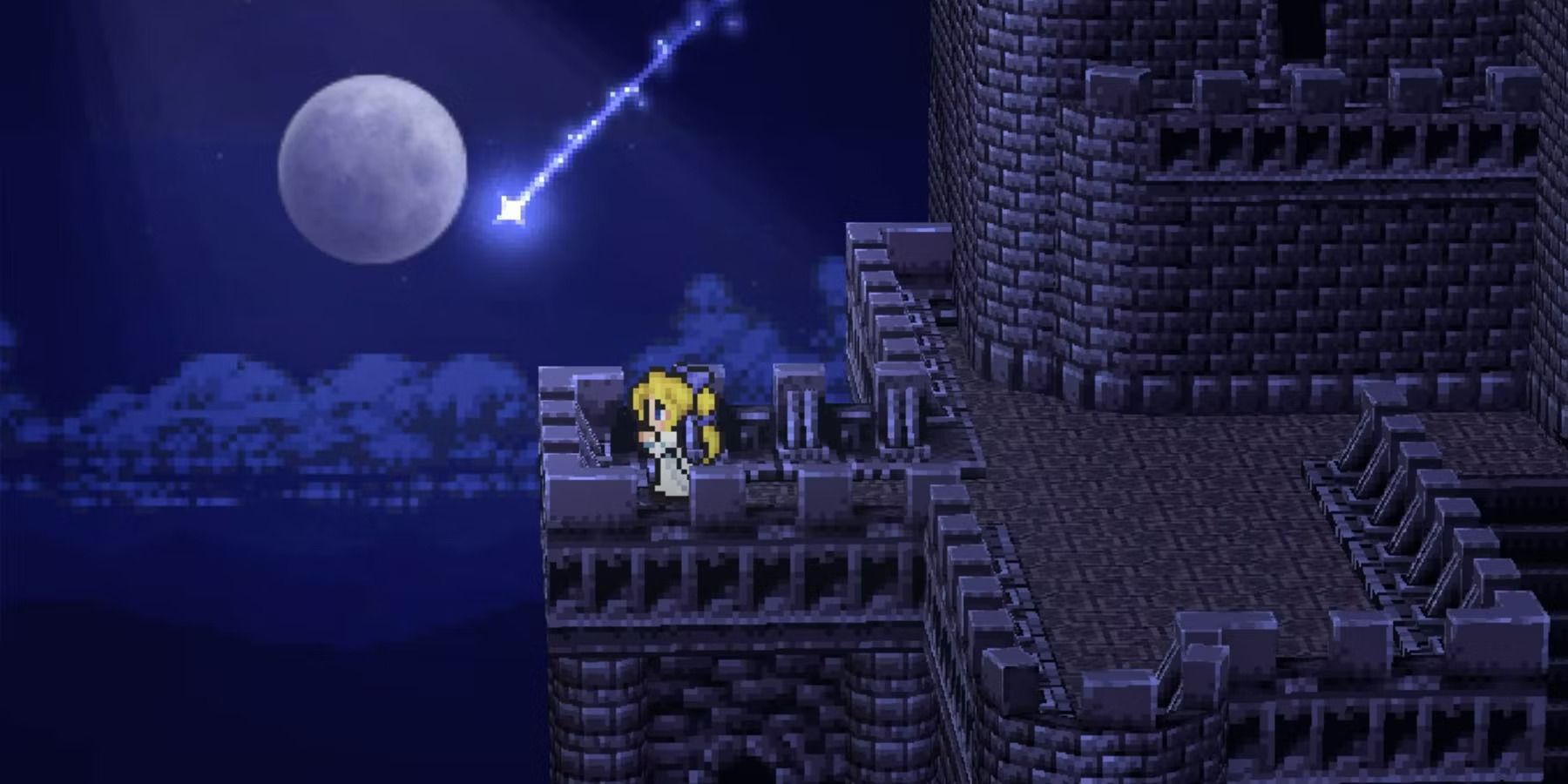
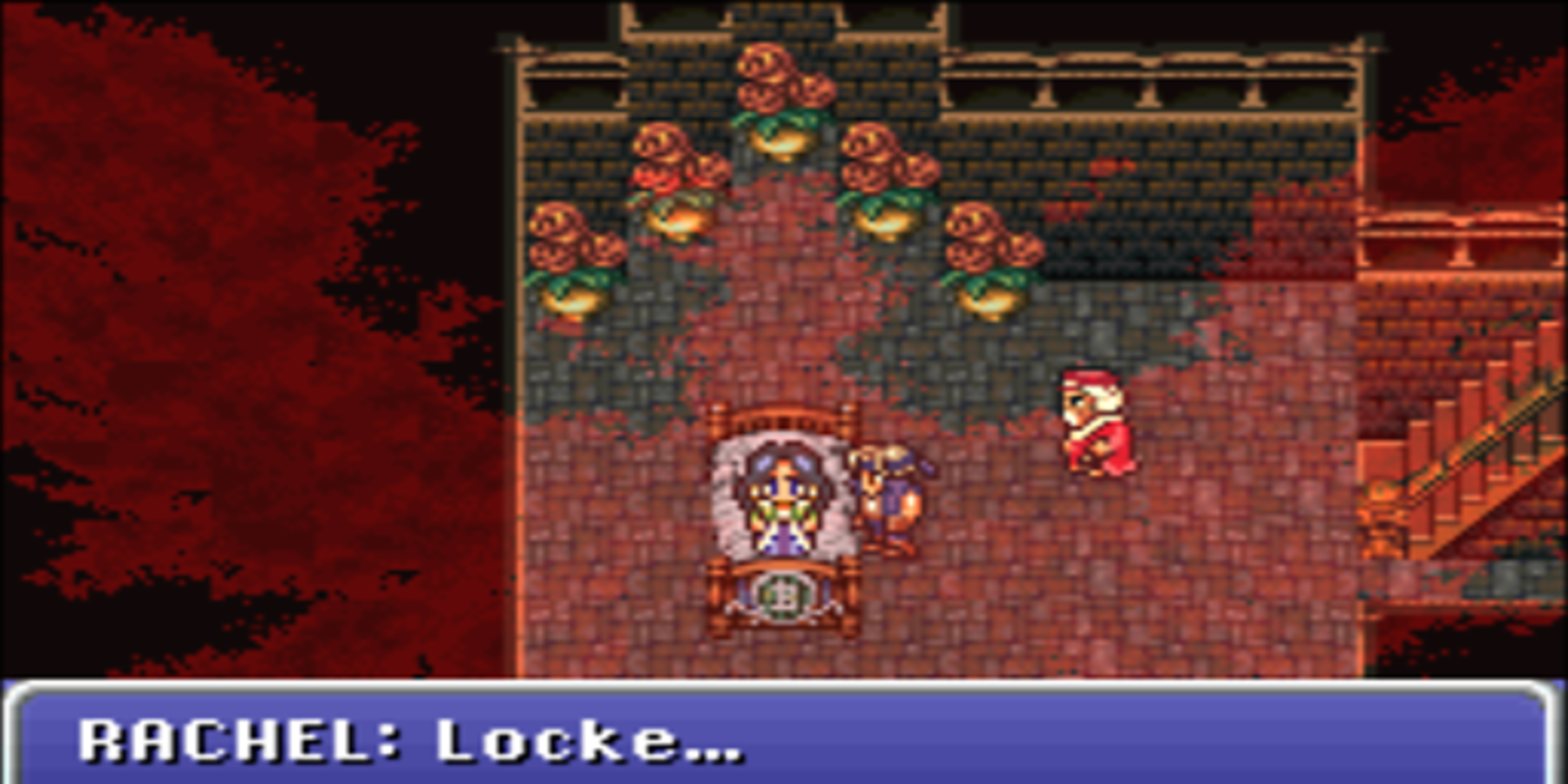
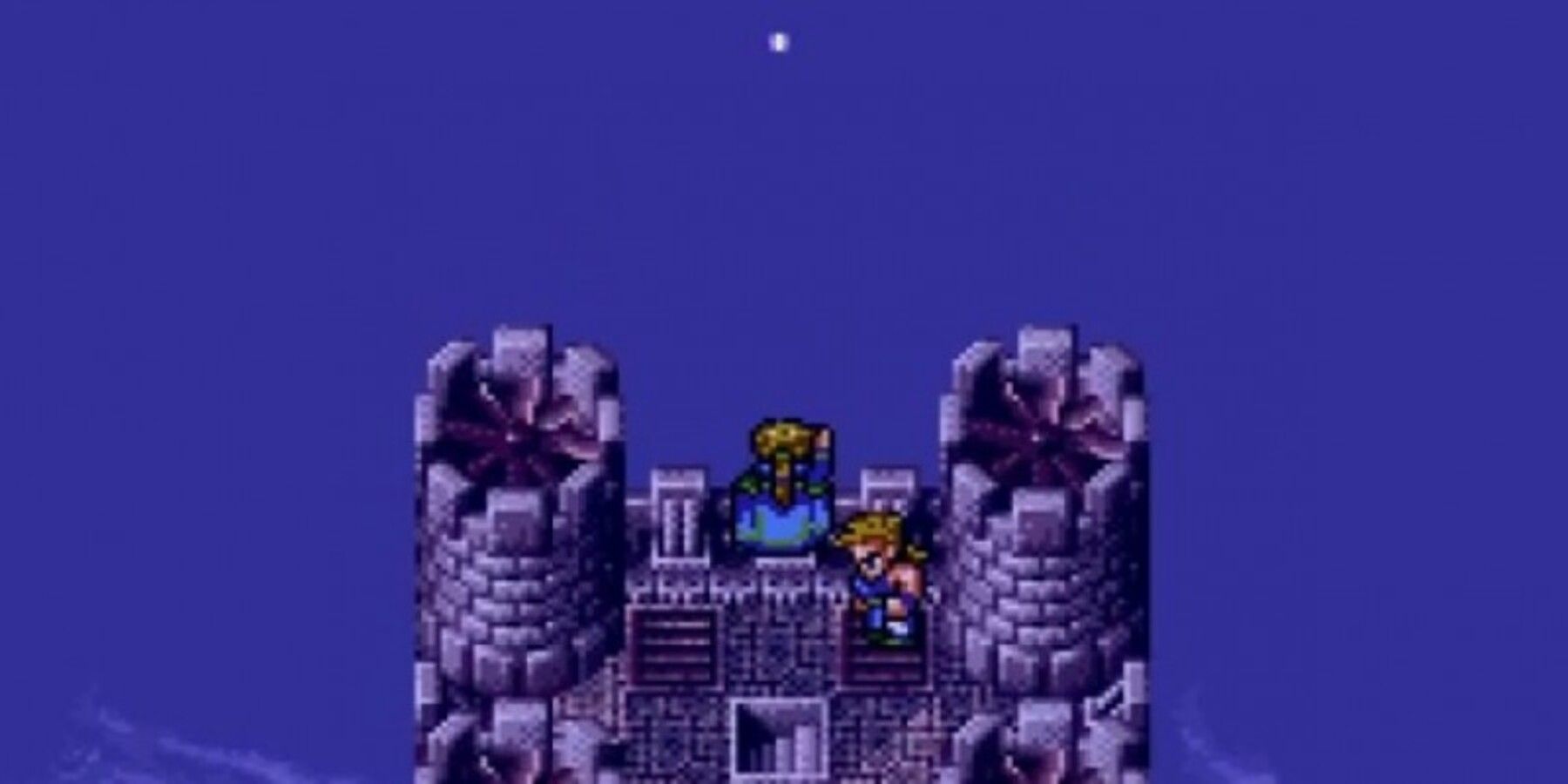
Similar to the long and impressive list of future creators who lent their talents to the development of Final Fantasy 6, the game features a staggering number of poignant and memorable moments in its story. Not only is Final Fantasy 6's antagonist, Kefka, often considered to be the greatest villain in the franchise, but the game's "ensemble" approach to its protagonist helps each of the iconic characters in the main adventuring party get a chance to shine in their respective development arcs. Terra's self-discovery and acceptance of her Esper heritage, Locke's emotional reunion with Rachel, Celes' performance at the opera; each of these moments rank as some of the most emotional story beats in the series, and they're all contained within a single title.
And that's to say nothing of the gameplay, which mixes the freeform character progression of Final Fantasy 5 with the set classes and character abilities of Final Fantasy 4 to provide players with a group of protagonists that can be min/maxed to become insanely powerful by game's end. Thanks to the Esper and Magicite systems, every character can learn magic, and the stat bonuses the Magicite provides at level up give players agency over their party's stat growth. Ultimately, it's the series' last 2D entry that stands the test of time by mixing great ideas from the first 5 Final Fantasy games and becoming something greater than the sum of its parts.
Last edited:





